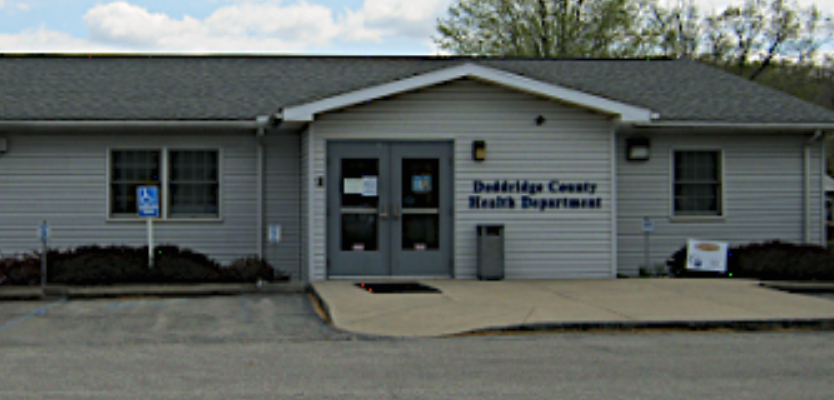You might be wondering what does it mean to self-quarantine and how will you know when you need to do this?
At the present time the Centers for Disease Control recommend self-quarantining if you have had a medium to high risk exposure to the coronavirus.
You are a high risk if you live with, are intimate with, or take care of someone who has been symptomatic of COVID-19 and they haven’t followed the recommendations to prevent spreading the virus to others.
You are at a medium risk for exposure to coronavirus if you:
*Have traveled from a country with widespread or ongoing community spread
*Have traveled on a cruise ship
*Have come in contact with someone who has a confirmed positive test for coronavirus and is symptomatic
*You live with, are intimate with, or take care of someone who has symptomatic COVID-19
If you are healthy, do not have any symptoms, and don’t fall in to any of the preceding categories above you should not need to self -quarantine. However you still need to adhere to the Governor’s Stay at Home Order, practice social distancing at all times, and monitor yourself for symptoms such as cough or fever.
If you fit in one of the categories about you will likely be told by your doctor or the Health Department that you need to self- quarantine for 14 days. The reason for this is to prevent the spread of the virus. Once you have been exposed you could become ill anywhere from 2-14 days after exposure. While you are self-quarantining you should be monitoring yourself for symptoms at least twice daily. The CDC also recommends taking the following steps to help prevent the spread of COVID-19:
1. DO NOT LEAVE YOUR HOME UNLESS ABSOLUTELY NECESSARY
2. SEPARATE YOURSELF FROM THE PEOPLE AND PETS YOU SHARE YOUR HOME WITH
3. WASH YOUR HANDS OFTEN
4. AVOID TOUCHING YOUR FACE
5. IMMEDIATELY THROW YOUR TISSUE AWAY AFTER BLOWING YOU NOSE, COUGHING, OR SNEEZING
6. DO NOT SHARE PERSONAL ITEMS, FOOD, OR DRINK
7. AVOID SHARING BEDDING, DISHES, TOWELS, DRINKING GLASSES AND UTENSILS
8. DISINFECT COMMONLY TOUCHED SURFACES OFTEN BUT NO LESS THAN ONCE PER DAY THIS INCLUDES BUT IS NOT LIMITED TO BATHROOM FIXTURES, COUNTERS, DOOR KNOBS, KEYBOARDS, TELEPHONES, EVERYTHING YOU CAN
9. MONITOR YOUR SYMPTOMS At least twice per day take your temperature. Also note if you are starting to cough or notice shortness of breath
You may not have symptoms of the Coronavirus while you are quarantining. If you do start experiencing symptoms you should:
WEAR A MASK When you around other people
COVER YOU COUGHS AND SNEEZES and immediately throw away your Kleenex and wash your hands
Contact your healthcare provider or use telemedicine to seek guidance from them
If you need to go in to see your doctor CALL AHEAD and let them know you are EXPERIENCING SYMPTOMS OF COVID-19.

